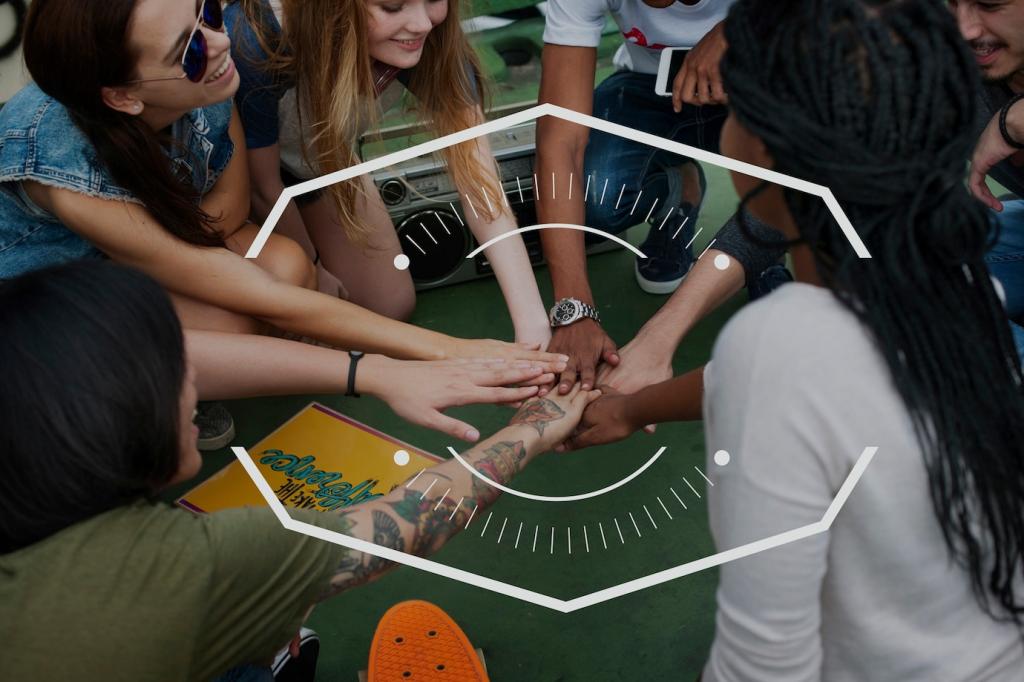
African Influences in Modern Art: Rhythm, Form, and Memory
Chosen theme: African Influences in Modern Art. Explore how African aesthetics, materials, and philosophies have shaped modern creativity worldwide. Join the conversation, share your observations, and subscribe for future journeys through art’s most meaningful cultural connections.
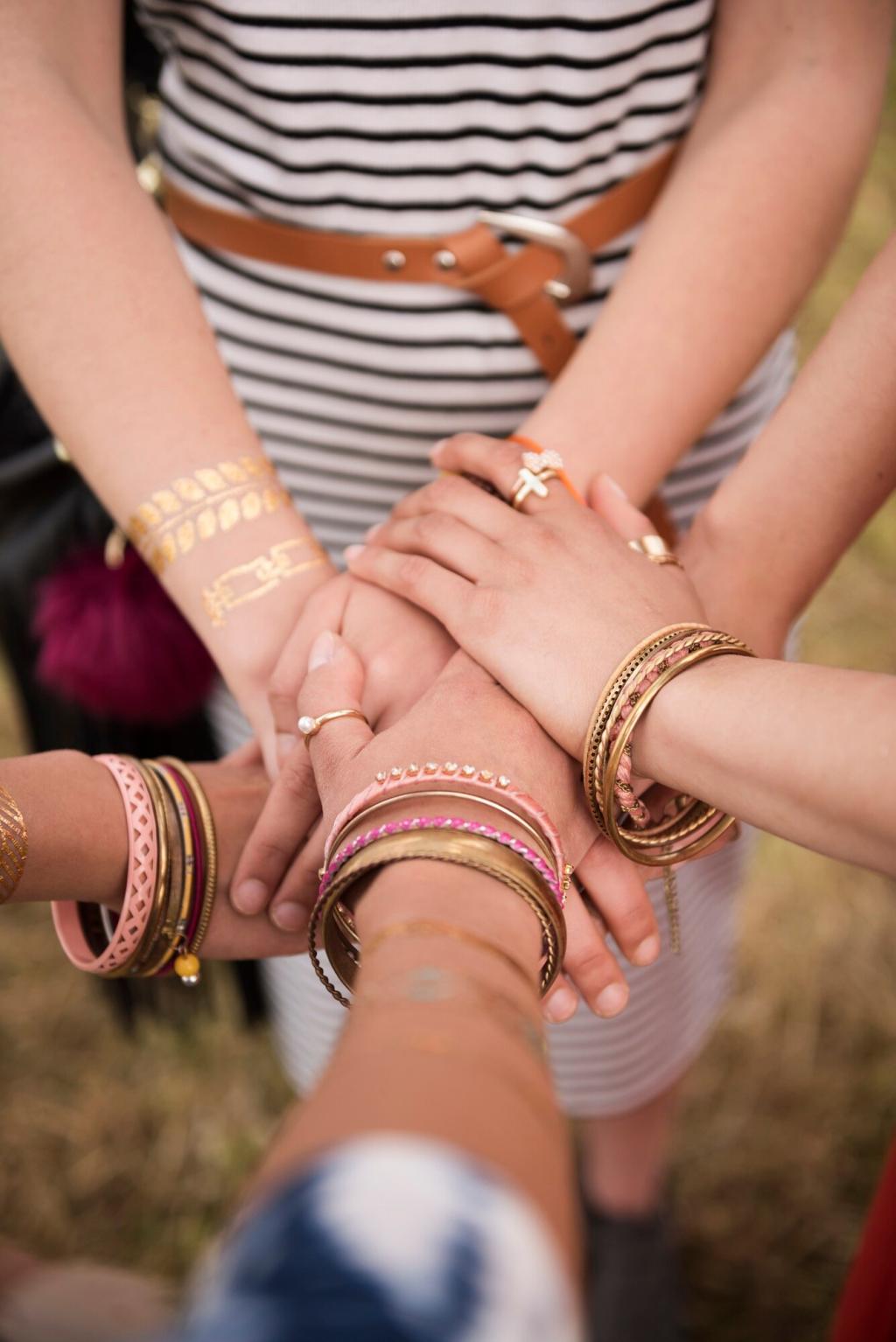
Masks, Abstraction, and a New Visual Grammar
Early twentieth-century artists encountered West and Central African masks in European cities, confronting powerful forms that challenged academic naturalism. Their experiments with simplification, asymmetry, and symbolic distortion reimagined faces, bodies, and space. Comment with works where you’ve seen this shift.

Harlem Renaissance and Pan-African Currents
Writers, musicians, and visual artists in Harlem connected historical African motifs with modern politics, aesthetics, and pride. Their networks amplified diasporic ideas, influencing mural design, book illustration, and stage sets. Share a favorite piece that channels this vibrant intellectual movement.
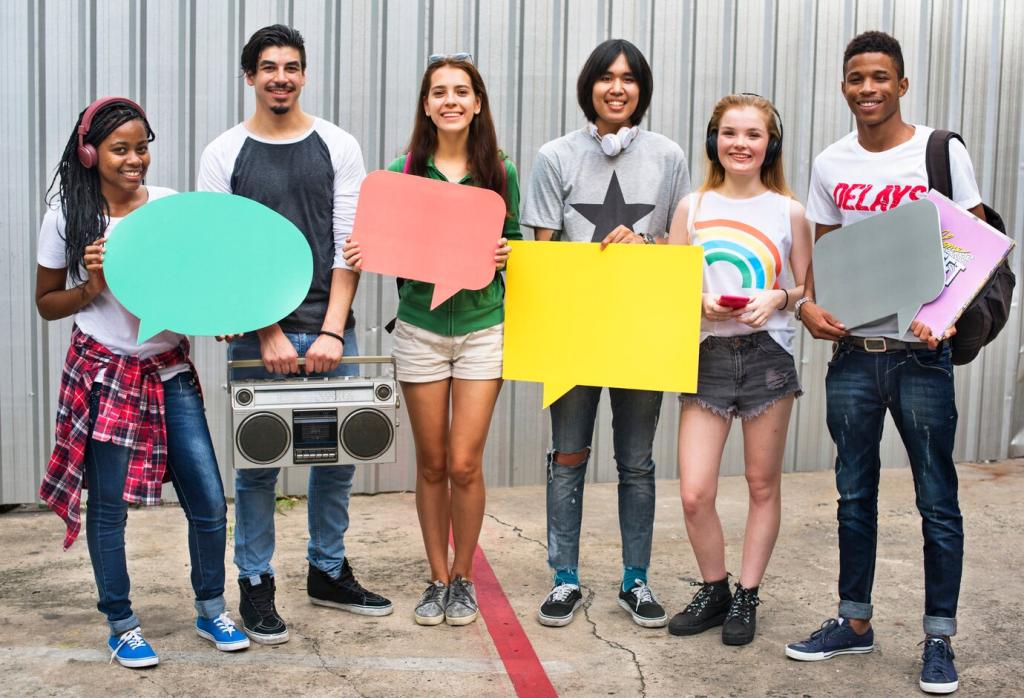
Festivals, Fairs, and Global Gateways
Cultural festivals in Dakar, Lagos, and beyond spotlighted African creativity within modern frameworks, reframing curatorial narratives. These platforms propelled artists, encouraged collaborations, and widened audiences. Subscribe to follow upcoming retrospectives and community events inspired by these landmark gatherings and dialogues.

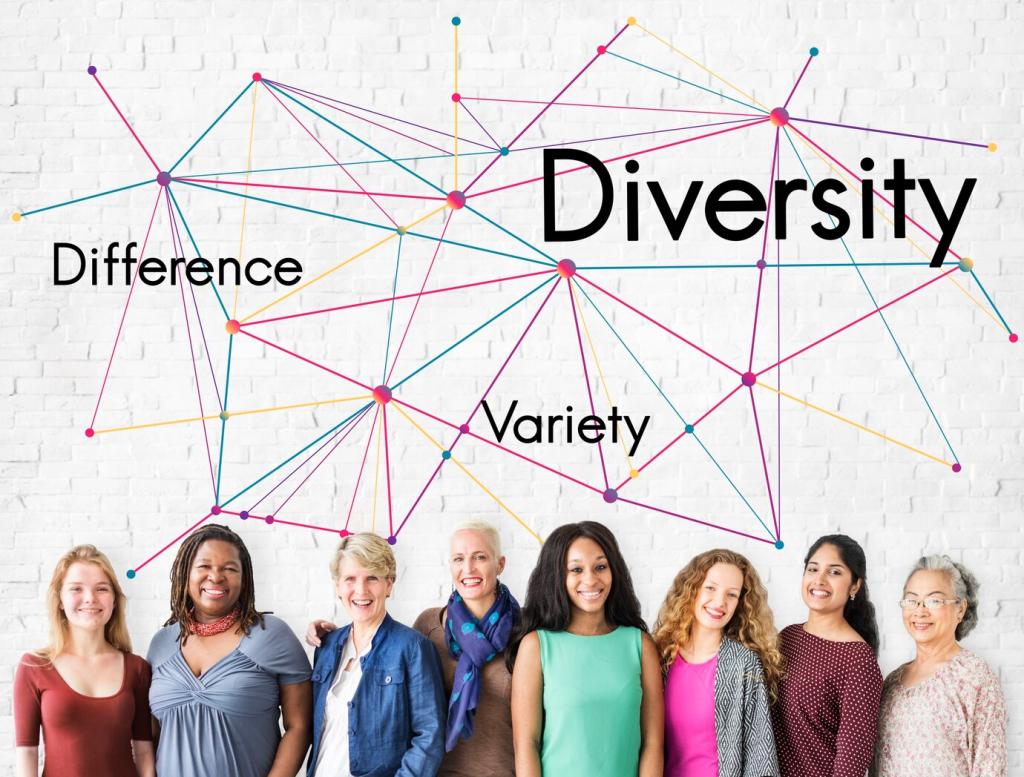
Patterns, Symbols, and Color Stories
Ndebele murals, beadwork grids, and carved surfaces embody rhythm through repetition, contrast, and interval. Modern abstractions borrow these principles to construct visual tempo and balance. Post a photo or memory of a patterned work that changed how you feel color and rhythm.
Patterns, Symbols, and Color Stories
Kente’s chromatic coding and tailored structure inspired painters to treat color as architecture, not decoration. The weave becomes a blueprint for composition, edge, and movement. Tell us which textile traditions help you read paintings with fresh, tactile attention.
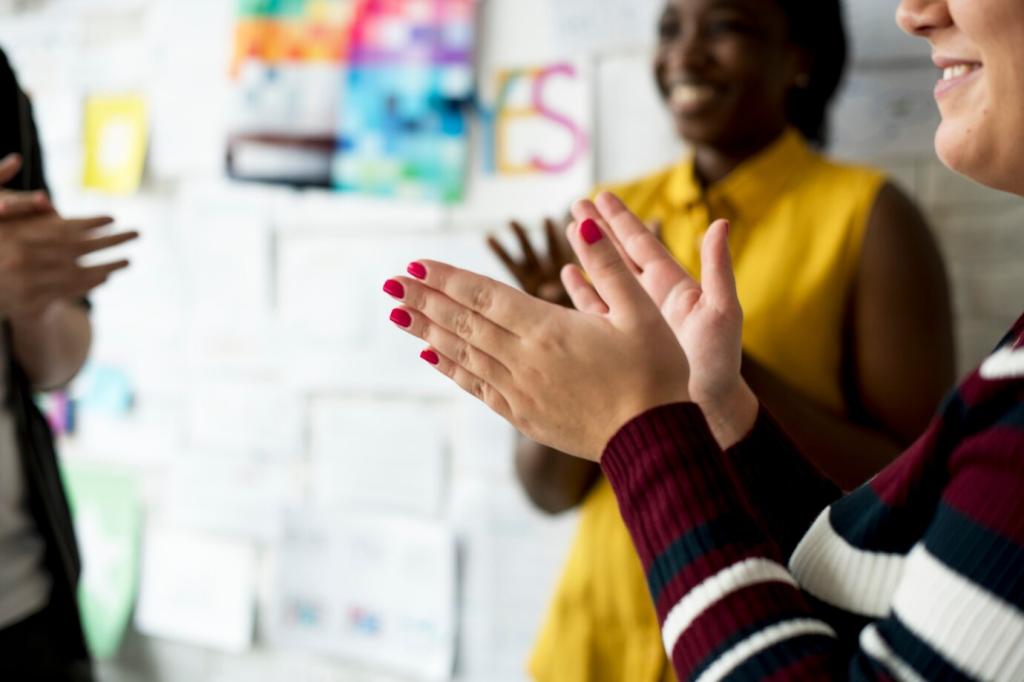



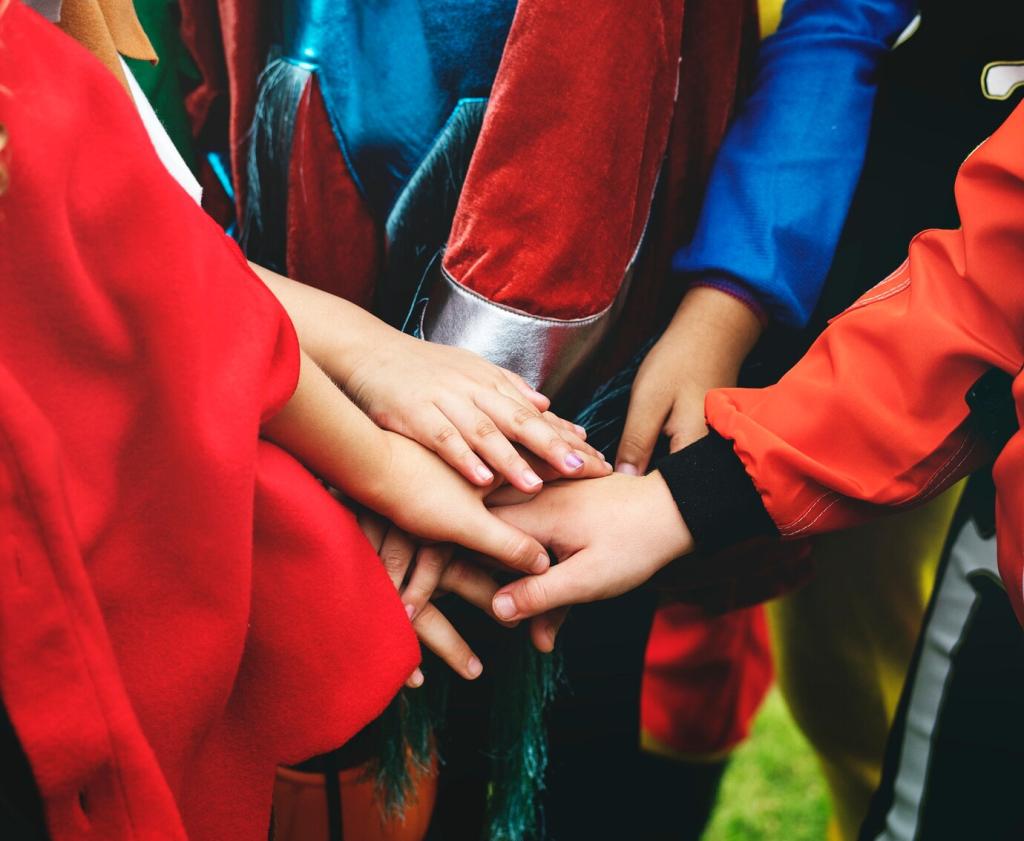
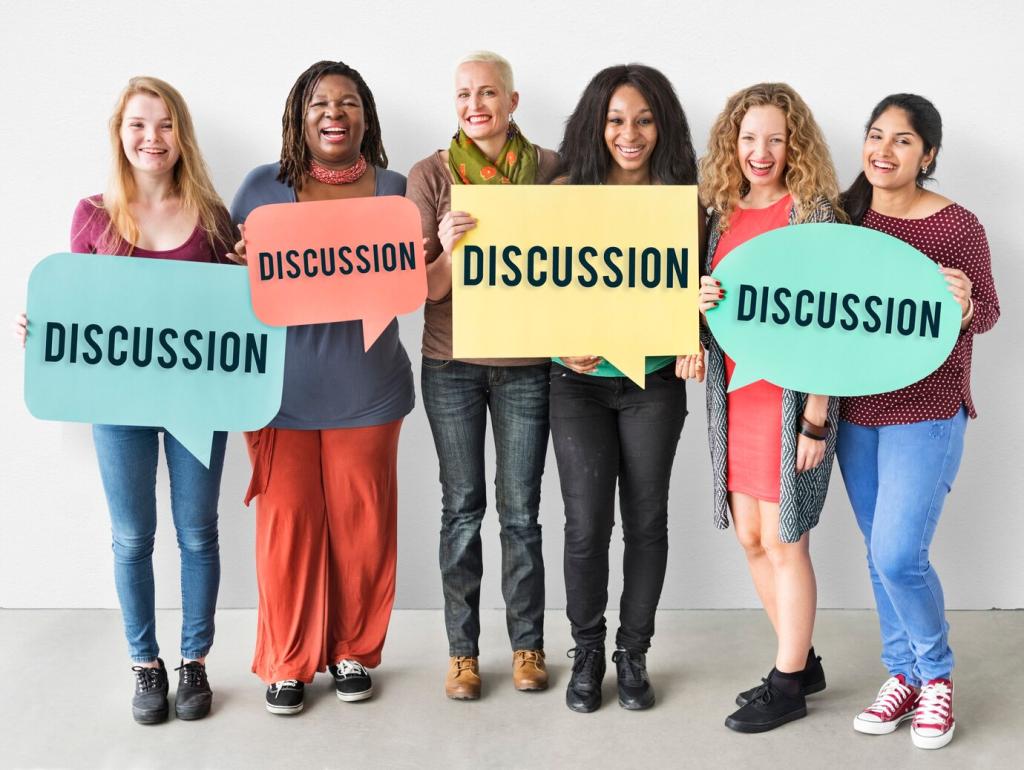

First Sight, Strong Pulse
I turned a corner and met a mask-inspired sculpture—angular planes, calm and fierce. Its presence rearranged the room’s air. Share that unforgettable artwork that reset your senses and changed the way you read modern form.
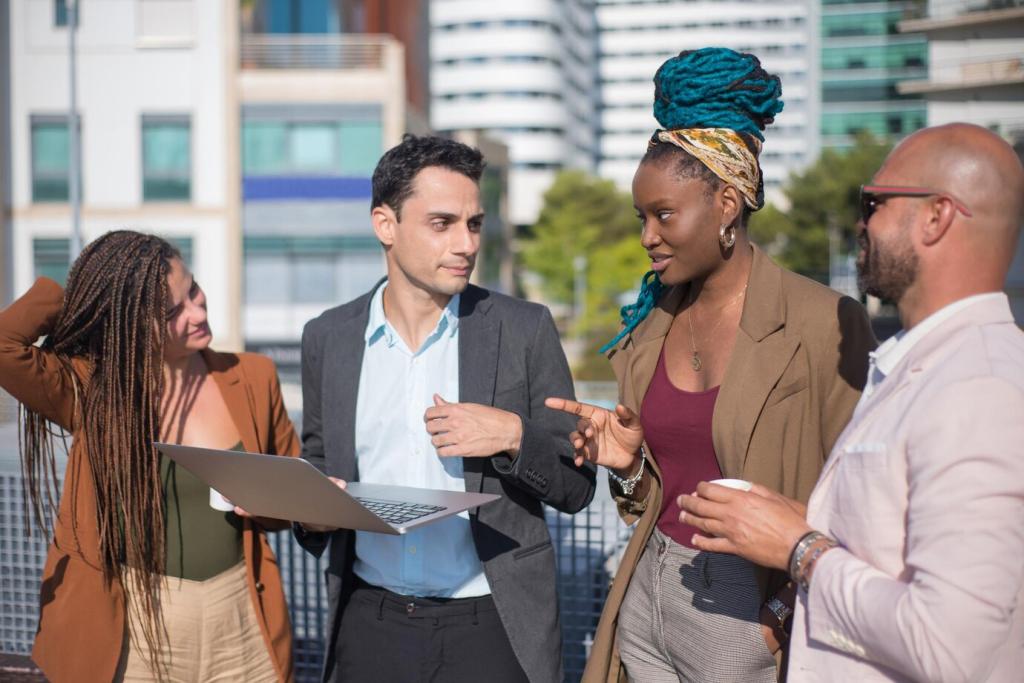
A Conversation That Opened Doors
A curator traced the piece’s lineage, from community ritual to studio reinterpretation, acknowledging colonial histories and contemporary agency. That context turned admiration into responsibility. What conversations have helped you see influence without erasing origin?
Ethics, Provenance, and Respectful Engagement
01
Provenance as Story and Accountability
Ask how works traveled, who benefited, and what communities consented. Good provenance strengthens appreciation and trust. Share resources you use to research artworks, and help others navigate archives, catalogs, and oral histories responsibly.
02
Collaboration Over Extraction
Support partnerships, fair compensation, and co-authored projects. Influence becomes dialogue when creators share credit and opportunity. Comment with examples of exhibitions or studio partnerships that modeled ethical exchange and enriched the final work.
03
Museums, Restitution, and Repair
Institutions are rethinking collections, returns, and interpretation. Honest labels, loans, and restitutions rebuild relationships. Tell us which museum initiatives impressed you, and what else is needed to ensure respect alongside celebration in modern art spaces.
